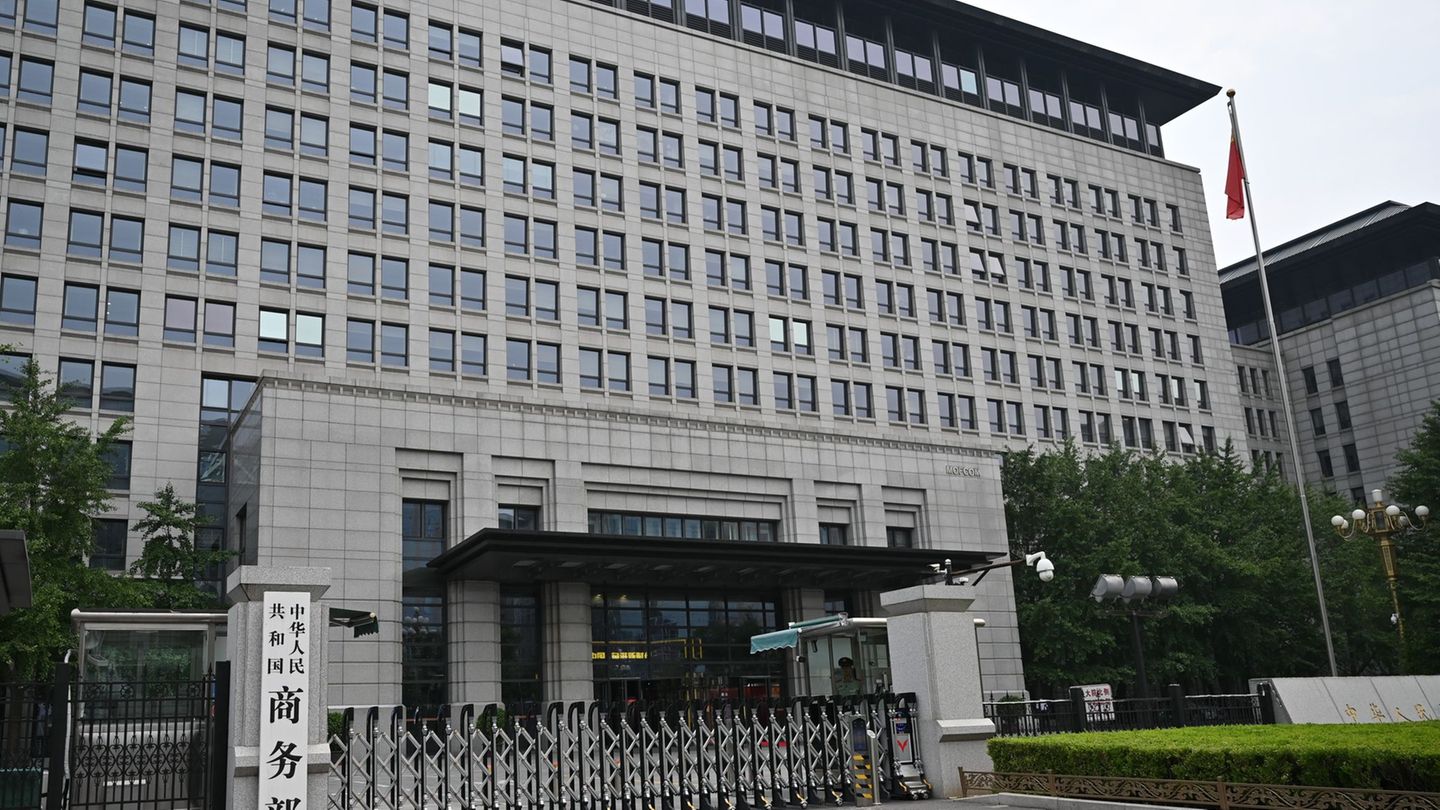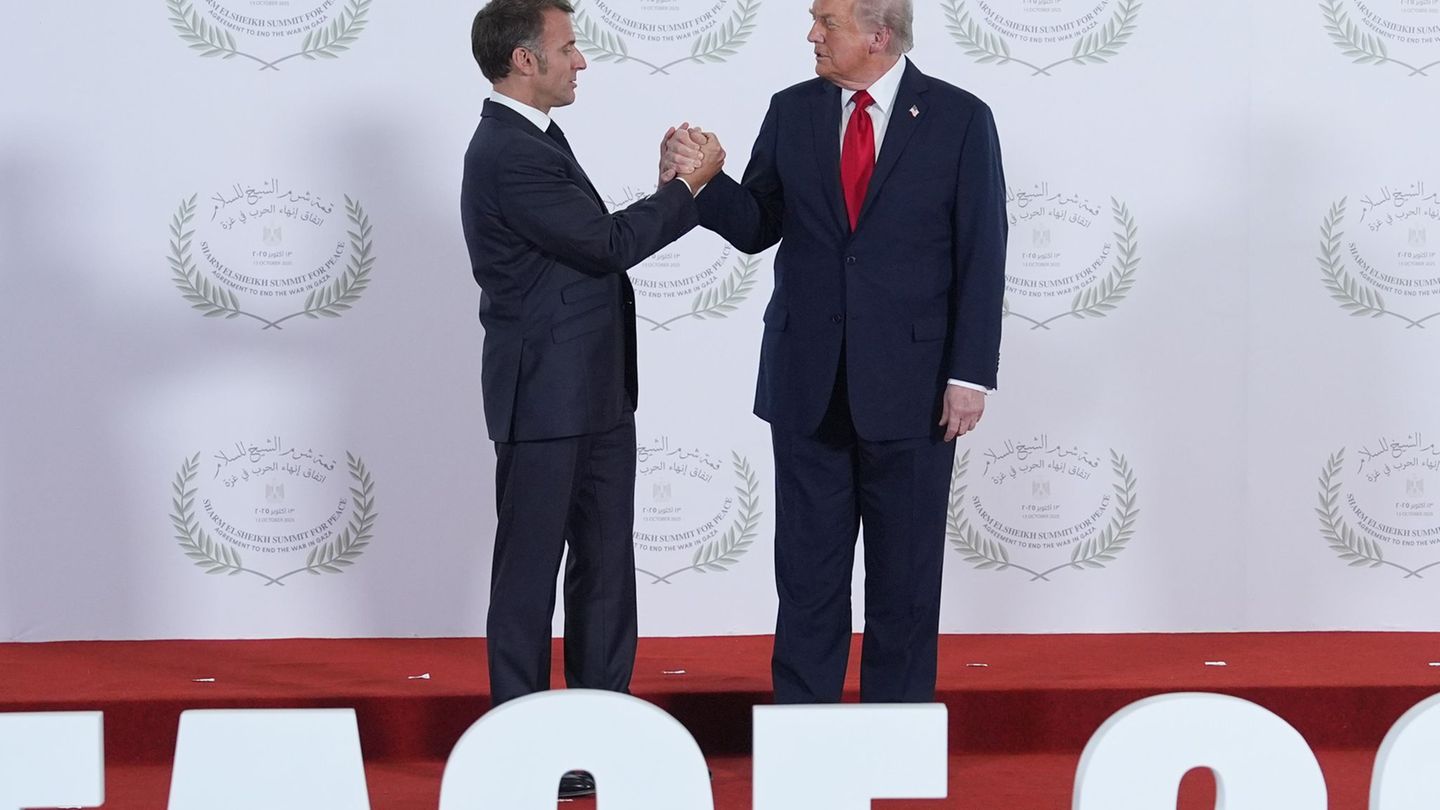Surveys of global investment fund movements show that investors, After having digested the collapse at the beginning of the month due to the dismantling of the global “carry trade” with its epicenter in Japan, they began to reposition themselves for the rebound from the rate cut in the US. This, for example, resulted in the largest inflow of capital into global emerging market equity funds since mid-May, according to EPFR’s Global Navigator, which monitors institutional and retail investor flows and asset manager allocations of nearly $60 trillion daily. So with only a few key data points between now and the Federal Reserve’s September meeting, expectations of a first rate cut – since the first quarter of 2020 – continue to harden. And These expectations are based on the belief that the US economy, and by extension the global economy, is at risk of stagnating if rates remain restrictive.
According to the firm’s survey, during the week ending August 21, investors positioned themselves for lower interest rates, directing more than $40 billion to the main U.S.-mandated fund groups for the second consecutive week. “US money market funds have taken in $100 billion since the beginning of the month as investors take advantage of current yields”explains EPFR. While, for its part, Physical gold funds raised more than $1 billion for the third time this year and technology sector funds recorded their eighth consecutive inflow and 26th of the year so far.
Other trends captured by EPFR-tracked fund flows reveal that passively managed equity funds absorbed $22 billion, there was the largest inflow into global emerging markets equity funds since mid-May, the 33rd consecutive outflow from equity funds in Thailand, flows into Colombian equity funds hit their highest level in more than 11 months, there was the second-largest monthly inflow into technology sector funds since February 2021, bond funds reported an inflow of $15 billion and $37 billion flowed into money market funds.
Investors did not wait for Jackson Hole
But according to the financial firm’s daily survey, The repositioning began before Fed Chairman Jerome Powell showed his cards in Jackson Hole and anticipated the first rate cut in September. In this regard, it is worth noting that two weeks after global markets suffered a sharp correction, fund flows have largely recovered their previous form, as hopes of a rate cut in September and a soft landing on the back of US inflation and consumer spending data remained alive.
EPFR points out that in general, Passively managed equity funds absorbed a net $22 billion during the third week, Actively managed funds saw an outflow of $1.8 billion, while alternative funds posted a five-week high of $3.5 billion, bond funds attracted $15 billion and $37 billion flowed into money market funds.
“At the single-country and single-asset-class fund level, redemptions from inflation-protected bond funds hit a 22-week high, municipal bond funds recorded their eighth consecutive inflow, and dividend-paying equity funds added their longest streak of inflows since the second quarter of 2022. Turkey’s money market funds received new money for the 18th consecutive week, Sweden’s bond funds recorded their fourth weekly outflow so far this year, and flows into Colombia’s equity funds hit their highest level in more than 11 months,” they detailed.
dollars canilla emission.jpg
The repositioning began before Fed Chairman Jerome Powell showed his cards at Jackson Hole and anticipated the first rate cut in September.
Image created with Artificial Intelligence
Emerging Market Equity Funds
Encouraged by the prospect of a U.S. rate cut, which opens the door for emerging markets to cut rates with less risk of triggering currency weakness, EPFR-tracked emerging market equity funds posted their 12th consecutive inflow during the third week of August. “While fund groups with mandates in emerging Asian markets remain the main driver of overall flows, global emerging market diversified equity funds last week saw their largest inflows since mid-May”they highlight.
In particular, funds dedicated to major Asian markets saw inflows ranging from $159 million from Korean equity funds to $4.87 billion from Chinese equity funds. “There was less interest in gaining exposure to smaller regional markets, as equity funds in Pakistan, the Philippines, Vietnam and Thailand saw outflows.” For Thai equity funds, the latest redemptions marked the 33rd consecutive week that investors have pulled money from the group. “While tourism, historically a key indicator of Thailand’s economic health, has recovered after being hit by the pandemic, political uncertainty and global trade tensions have undermined the country’s appeal to investors and fund managers alike,” the firm warns.
While On the Latin American side, the survey shows that money is also continuing to flow out of the region’s equity funds.. “Doubts about Chinese and US demand for commodities, the developed world’s commitment to renewable energy and the outlook for Sino-US trade are dampening investors’ appetite for regional exposure.” In addition, Brazilian equity funds have been hit by the return of price pressures that are fuelling expectations of at least one rate hike before the end of the year.”
EMEA equity funds saw their biggest collective outflow since mid-Q2 2022 as record flows into South African equity funds reversed the previous week and redemptions from Saudi Arabian equity funds rose to a 10-week high.
What glitters is gold
Redemptions from local and hard currency emerging market bond funds moderated during the third week of August, but the group overall extended its longest streak of outflows since the first quarter. At the country level, flows into Russian bond funds have picked up in recent weeks and the latest total is the largest since mid-third quarter of 2021.
As gold prices hit a record high of $2,531 an ounce ahead of the release of minutes from the latest Fed meeting amid growing market certainty about a September rate cut, gold funds tracking the EPFR index recorded their 12th inflow in the past 15 weeks, with this week’s total hitting a five-week high. Two of the three main funds with the largest capital inflows this week were those that had the LMBA gold price as a reference and attracted US$1.2 billion. Another fund tracking the gold bullion price index added $353 million to the total, while three China-domiciled funds saw more than $400 million flow out.
Source: Ambito




